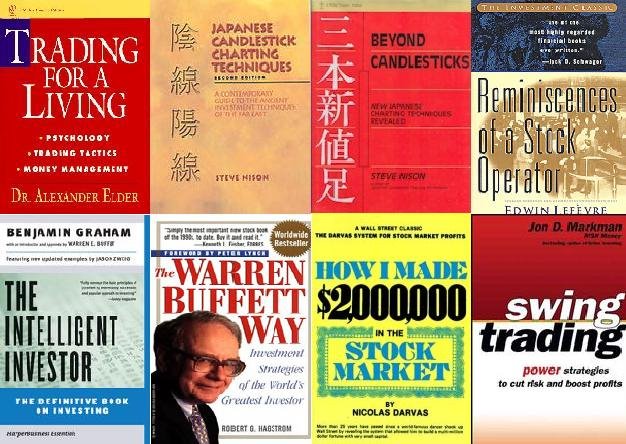
So I decided to dedicate a whole post to it and label it Forward Testing.
Let's see if the market acts like the way I predict it or not. Remember, we make a prediction, but let the market decide. Should the market decide our prediction is wrong, as a TA practitioner, we must concede defeat and accept that the market is always right. You cannot win against 100 people pushing you down, no matter how strong you are.
Redtone
First we look at the weekly chart - overview.
We see bloodshed happenned in 2006. We see that in 2007, it tried to recover but so far to no avail. Volume remained thin throughout with the exception of 2007 where the long green candle marks the jump in price supported with volume. However, we also see a blue line drawn by me, marked as resistance. The blue line, resistance, was not successfully taken, and price falters with volume.
Next we take a closer look - still the weekly chart - zoom.
We note, EMA 50 (pink line) is still above EMA 20 (orange line). This is bearish.
We also note that the last candle rests slightly above EMA 20 weekly chart. This we note as Key support. Further assault on this support would be unthinkable.
Let's now look at Daily Chart - overview
Let's now look at Daily Chart - zoom
This one is interesting.
First, we have long green candle with high volume.
Next candle is a shooting star with high volume.
Following is the bearish engulfing. Though volume is not as high, we must take this as a confirmation that the previous candle is a shooting star indeed.
Follows is another assault - red candle.
Following day, counter opened lower, intraday wise, reached the EMA 50(pink line) but it managed to close slightly above the previous day's closing. This is the Piercing Pattern. Piercing patterns are bullish reversal patterns.
However, the following day, while the counter opened higher, it closed lower. This cannot be regarded as a confirmation to the Piercing Pattern. While it close above the previous day's closing, the open high, close low is always a negative signal. If the bullish sentiment exist, why would a stock open higher to close lower?
This was proven true with the two red candle days. However EMA 50 held.
The following is a green candle that forms a Harami pattern.
However, the following Red Candle does not confirm it, and forms a Dark Cloud Cover.
However this is also not confirmed with the following Green Candle.
And this is followed by a Red Candle.
This is what was described in Steve Nison's books that a reversal does not necessarily happen with Harami, Dark Cloud Cover, Piercing Pattern, Bullish/Bearish Engulfing. It could merely move in sideways.
Thereafter, a sudden breakout occurred. Long Green Candle.
But proved to be a false breakout with the appearance of a Dark Cloud Cover.
The next two candle showed that the counter tried to recover but this is all in vain.

Resistance is futile. Marked with Blue Vertical Line, the Bearish Engulfing on a High Volume marks a whole new beginning to a downtrend of the stock.
Further assaults were made on EMA 20 support (Orange Line) and now the EMA 50 support (pink line).
While the assaults are with low volume, it does not mean that the downtrend is not real. From my personal observations, a rally with low volume is unsustainable. But a downtrend with low volume is very real. Volume could not be used in the same manner to analyse the uptrend and the downtrend. A counter with low volume downtrend, slowly drifts into the death of the stock. OK, I was being dramatic. It drifts and it drifts, until distribution is over.

Conclusion:
The charts look bearish. The general condition of the chart is bearish. Yes, while I use a total 14 indicators, they were all removed from the chart, save the EMAs :P. But, price volume action is the originator of all indicators.
So, general condition is bearish, Redtone is now at its key support point. Any confirmed break on this support, would confirm that we re now looking at the beginning phase of another distribution.

Standard Boring Disclaimer
The above is the personal view of the author based on Technical Analysis. The author disclaims all responsibility whatsoever on the course of action that may be taken.
Also, take note that the author is merely an accountant by profession, previously an investor and now a trader. He is not licensed to give any stock advisory services.












































